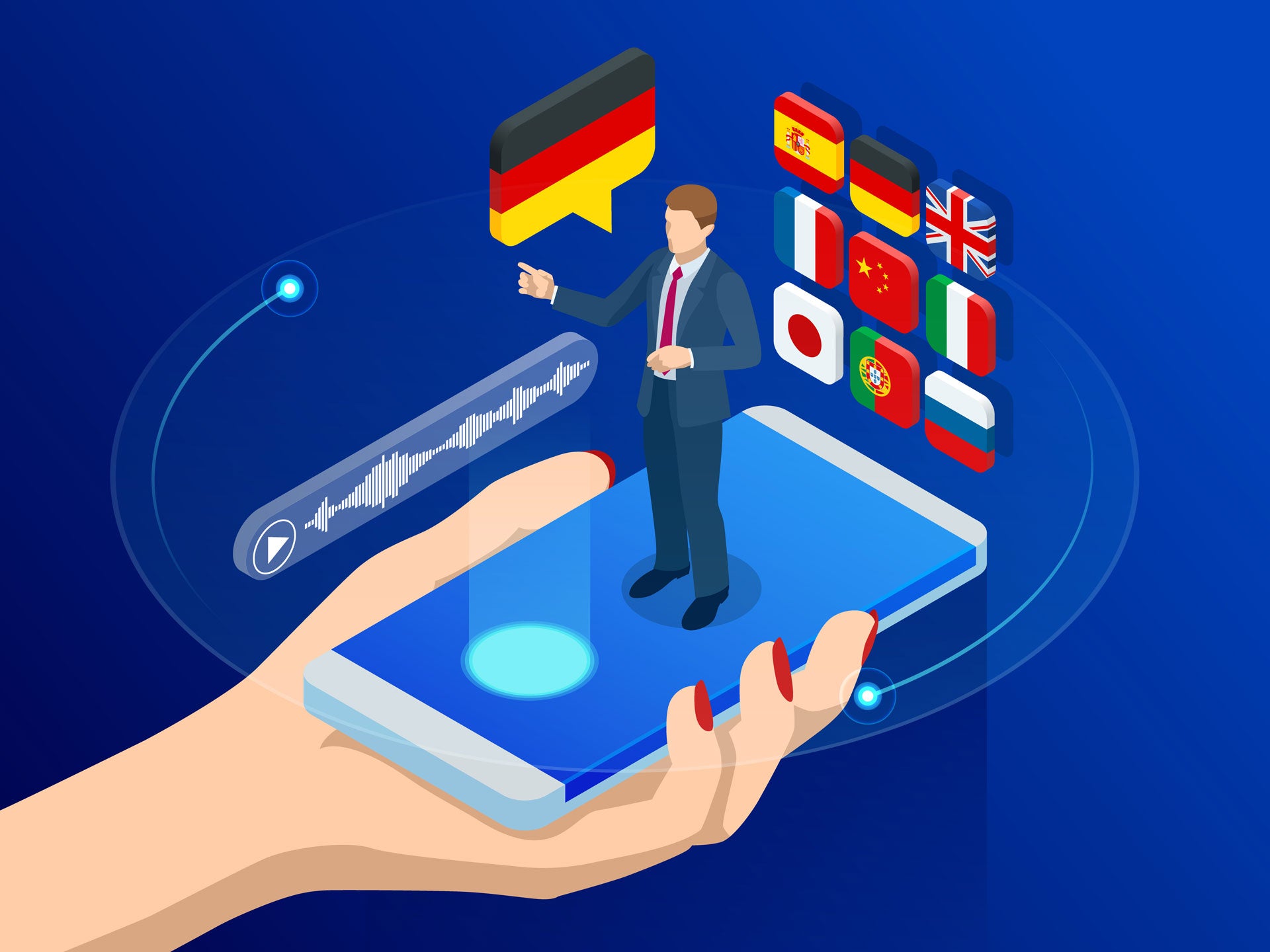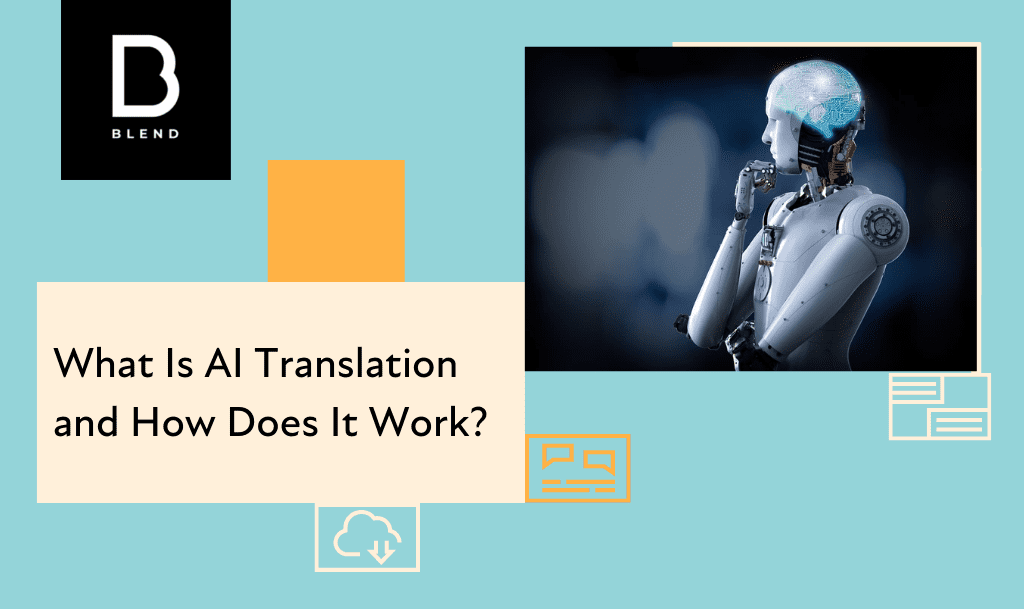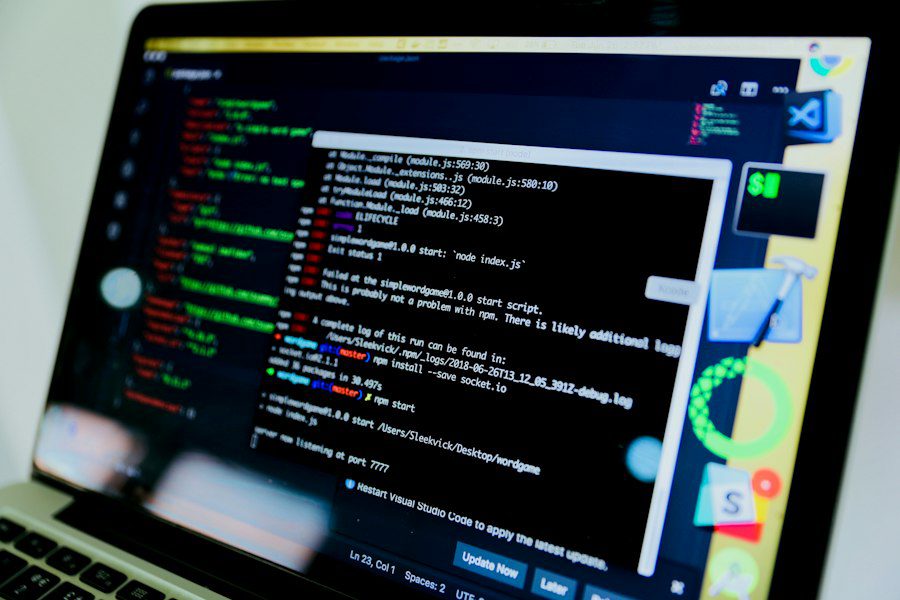Introduction

In a globalized world where communication knows no bounds, the demand for translation services has reached unprecedented heights. As businesses expand internationally, governments interact on the diplomatic stage, and individuals seek to connect across linguistic barriers, the role of translation companies has become indispensable. But amidst a sea of options, who stands out as the leading company? In this exploration, we embark on a journey to uncover the pinnacle of translation excellence.
Understanding the Translation Landscape
Before delving into who leads the translation industry, it’s crucial to comprehend the vast landscape it encompasses. Translation services range from individual freelancers to large-scale corporations, catering to diverse needs such as legal, medical, technical, literary, and more. These services are rendered through various mediums, including human translators, machine translation, and a blend of both.
The Qualities of a Leading Translation Company
What sets apart the leading translation company from the rest? Several key qualities define translation excellence:
- Accuracy and Quality: A top-tier translation company ensures utmost accuracy in conveying the original meaning of the content while maintaining linguistic nuances and cultural context.
- Expertise Across Industries: Versatility is paramount. The leading company boasts expertise across multiple industries, offering specialized services tailored to the unique requirements of each sector.
- Cutting-Edge Technology: Embracing advancements in translation technology is imperative. Whether it’s utilizing AI-driven tools for efficiency or developing proprietary software, staying at the forefront of technological innovation is a hallmark of excellence.
- Cultural Sensitivity: Understanding the intricacies of different cultures is fundamental in translation. A leading company demonstrates cultural sensitivity, ensuring translations resonate with the target audience on a deeper level.
- Scalability and Timeliness: The ability to handle projects of all sizes while adhering to strict deadlines is non-negotiable. A leading translation company possesses scalability and efficiency without compromising on quality.
Numerous companies vie for the coveted title of industry leader. Each brings its unique strengths and offerings to the table, catering to diverse clientele around the globe. Let’s delve into some of the frontrunners:
- SDL: Renowned for its comprehensive language solutions, SDL offers a wide array of services, including translation management, language technology, and content creation. With a global presence and a client base spanning various sectors, SDL remains a dominant force in the translation industry.
- Lionbridge: Leveraging a blend of human expertise and cutting-edge technology, Lionbridge specializes in localization, global marketing, and AI data services. Its innovative approach and commitment to quality have solidified its position as a leading translation company.
- TransPerfect: Recognized for its unparalleled range of services and global reach, TransPerfect caters to diverse industries, including legal, healthcare, and e-commerce. With a vast network of linguists and advanced technology solutions, TransPerfect continues to set industry standards.
- One Hour Translation: Emphasizing speed and efficiency, One Hour Translation offers rapid translation services without compromising on quality. Its user-friendly platform and quick turnaround times make it a preferred choice for clients seeking swift solutions.
- LanguageLine Solutions: Specializing in interpretation and translation services, LanguageLine Solutions serves clients across various sectors, including healthcare, government, and finance. Its dedication to linguistic accuracy and cultural competency distinguishes it as a leader in the field.
The Quest for Excellence
Amidst these formidable contenders, the quest for translation excellence continues. While each company brings its unique strengths to the forefront, the leading translation company embodies a harmonious blend of innovation, expertise, and unwavering commitment to client satisfaction.

Looking ahead, the industry faces a myriad of opportunities and challenges. As technology continues to evolve, the integration of AI and machine learning algorithms promises to revolutionize the translation process, enhancing efficiency and accuracy. However, concerns regarding data privacy, linguistic nuances, and the preservation of cultural integrity remain paramount.
Furthermore, the ongoing globalization and digitalization of businesses necessitate adaptation and agility. The leading company must stay ahead of the curve, anticipating market trends and embracing emerging technologies to meet evolving client demands.
SDL: A Pillar of Language Solutions
SDL stands tall as a stalwart in the industry, offering a comprehensive suite of language solutions tailored to the needs of global businesses. With a legacy of innovation spanning decades, SDL has established itself as a trusted partner for organizations seeking to transcend linguistic barriers and reach diverse audiences worldwide.
One of SDL’s key strengths lies in its robust translation management system, which streamlines the entire localization process from project initiation to delivery. By integrating advanced technology with human expertise, SDL ensures unparalleled accuracy and efficiency in every translation project.
Moreover, SDL’s language technology solutions, including machine translation and natural language processing, empower clients to achieve greater automation and scalability without compromising on quality. This blend of cutting-edge technology and linguistic proficiency has propelled SDL to the forefront of the translation industry, earning it a reputation for excellence and reliability.
Lionbridge: Bridging Cultures with Innovation
Lionbridge epitomizes the fusion of technology and human ingenuity, offering a diverse range of localization and global marketing services to clients across industries. At the heart of Lionbridge’s success lies its commitment to innovation, leveraging AI-driven tools and data-driven insights to deliver tailored solutions that resonate with target audiences worldwide.
One of Lionbridge’s standout offerings is its AI data services, which harness the power of artificial intelligence to extract actionable insights from multilingual content. By analyzing vast datasets in multiple languages, Lionbridge helps clients gain a deeper understanding of global markets, enabling informed decision-making and strategic expansion.
Additionally, Lionbridge’s expertise in localization enables brands to adapt their content seamlessly to diverse cultural contexts, ensuring maximum impact and engagement across international markets. Whether it’s translating marketing materials, software interfaces, or multimedia content, Lionbridge excels in bridging cultures and connecting brands with audiences on a global scale.
TransPerfect: Redefining Translation Excellence
TransPerfect stands as a beacon of innovation and excellence in the translation industry, offering a comprehensive suite of language services tailored to the unique needs of its clients. With a global network of linguists, subject matter experts, and technology specialists, TransPerfect delivers unparalleled quality and efficiency in every translation project.
One of TransPerfect’s core strengths lies in its commitment to client satisfaction, evidenced by its client-centric approach and personalized service offerings. Whether it’s providing dedicated account management, customized workflows, or round-the-clock support, TransPerfect goes above and beyond to ensure that client expectations are not just met but exceeded.
Moreover, TransPerfect’s investment in technology sets it apart from the competition, with proprietary tools and platforms that streamline the translation process and enhance quality control. From advanced machine translation engines to collaborative translation environments, TransPerfect harnesses the power of technology to drive innovation and deliver exceptional results.
One Hour Translation: Speed and Precision

One Hour ranslation has carved a niche for itself in the translation industry with its emphasis on speed, efficiency, and precision. As the name suggests, One Hour Translation specializes in rapid translation services, catering to clients who require fast turnaround times without compromising on quality.
One Hour Translation’s user-friendly platform enables clients to submit and track translation projects seamlessly, while its global network of translators ensures access to a diverse pool of linguistic talent. By leveraging technology to automate repetitive tasks and streamline workflows, One Hour Translation delivers translations quickly and accurately, making it a preferred choice for time-sensitive projects.
LanguageLine Solutions: Bridging Language Gaps
LanguageLine Solutions stands out as a leader in interpretation and translation services, with a focus on facilitating communication and bridging language gaps in diverse settings. From healthcare and government to finance and hospitality, LanguageLine Solutions serves clients across a wide range of industries, providing on-demand interpretation and translation services in over 240 languages.
One of LanguageLine Solutions’ key strengths lies in its commitment to linguistic accuracy and cultural competency, ensuring that interpretations and translations resonate authentically with diverse audiences. Whether it’s facilitating multilingual communication in healthcare settings or supporting international business meetings, LanguageLine Solutions delivers seamless language solutions that foster understanding and collaboration across linguistic boundaries.
Future Trends and Challenges in the Translation Industry
Looking ahead, the translation industry is poised for continued growth and innovation, driven by advancements in technology, evolving client needs, and the ever-expanding global marketplace. However, this growth is not without its challenges, as translation companies must navigate issues such as data privacy, quality assurance, and the ongoing evolution of language and culture.
As technology continues to evolve, the integration of AI and machine learning algorithms promises to revolutionize the translation process, enhancing efficiency and accuracy. From neural machine translation to natural language understanding, these advancements hold the potential to automate routine tasks, improve translation quality, and empower linguists to focus on higher-value activities such as cultural adaptation and creative expression.

However, the rise of AI also raises concerns regarding job displacement and the erosion of linguistic diversity, as automated translation tools threaten to commoditize language services and devalue the expertise of human translators. To mitigate these risks, translation companies must embrace a hybrid approach that leverages technology to augment human capabilities rather than replace them, fostering collaboration between man and machine to achieve optimal results.
Moreover, as businesses continue to expand into new markets and engage with diverse audiences, the demand for specialized translation services is expected to rise. Whether it’s legal, medical, technical, or creative content, clients increasingly require tailored solutions that address the unique linguistic and cultural nuances of their target markets. This trend presents both opportunities and challenges for translation companies, as they strive to balance specialization with scalability and maintain high standards of quality across a diverse range of services.
In conclusion, the translation industry is in a state of constant evolution, driven by technological innovation, changing client needs, and the dynamic nature of language and culture. While leading translation companies
Because of the laboriousness of the translation process, since the 1940s efforts have been made, with varying degrees of success, to automate translation or to mechanically aid the human translator.
More recently, the rise of the Internet has fostered a world-wide market for translation services and has facilitated “language localisation”.
The English word “translation” derives from the Latin word translatio,which comes from trans, “across” + ferre, “to carry” or “to bring” (-latio in turn coming from latus, the past participle of ferre). Thus translatio is “a carrying across” or “a bringing across”—in this case, of a text from one language to another.
Some Slavic languages and the Germanic languages (other than Dutch and Afrikaans) have calqued their words for the concept of “translation” on translatio, substituting their respective Slavic or Germanic root words for the Latin roots.The remaining Slavic languages instead calqued their words for “translation” from an alternative Latin word, trāductiō, itself derived from trādūcō (“to lead across” or “to bring across”)—from trans (“across”) + dūcō, (“to lead” or “to bring”).
The West and East Slavic languages (except for Russian) adopted the translātiō pattern, whereas Russian and the South Slavic languages adopted the trāductiō pattern. The Romance languages, deriving directly from Latin, did not need to calque their equivalent words for “translation”; instead, they simply adapted the second of the two alternative Latin words, trāductiō.
The Ancient Greek term for “translation”, μετάφρασις (metaphrasis, “a speaking across”), has supplied English with “metaphrase” (a “literal”, or “word-for-word”, translation)—as contrasted with “paraphrase” (“a saying in other words”, from παράφρασις, paraphrasis). “Metaphrase” corresponds, in one of the more recent terminologies, to “formal equivalence”; and “paraphrase”, to “dynamic equivalence”.
Strictly speaking, the concept of metaphrase—of “word-for-word translation”—is an imperfect concept, because a given word in a given language often carries more than one meaning; and because a similar given meaning may often be represented in a given language by more than one word. Nevertheless, “metaphrase” and “paraphrase” may be useful as ideal concepts that mark the extremes in the spectrum of possible approaches to translation.
Conclusion: The Pursuit of Translation Excellence
In the dynamic landscape of translation services, the quest for excellence knows no bounds. While several companies vie for the title of industry leader, the true measure of success lies in the ability to deliver exceptional quality, innovation, and client-centric solutions.
As businesses, governments, and individuals continue to navigate the complexities of a multilingual world, the leading translation company serves as a beacon of reliability, proficiency, and cultural understanding. In the pursuit of translation excellence, let us forge ahead with unwavering dedication, guided by the timeless principles of accuracy, integrity, and linguistic mastery.
